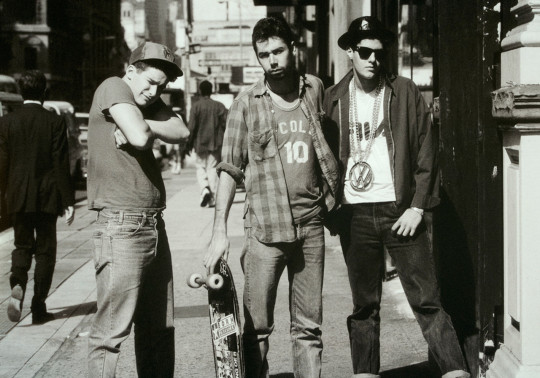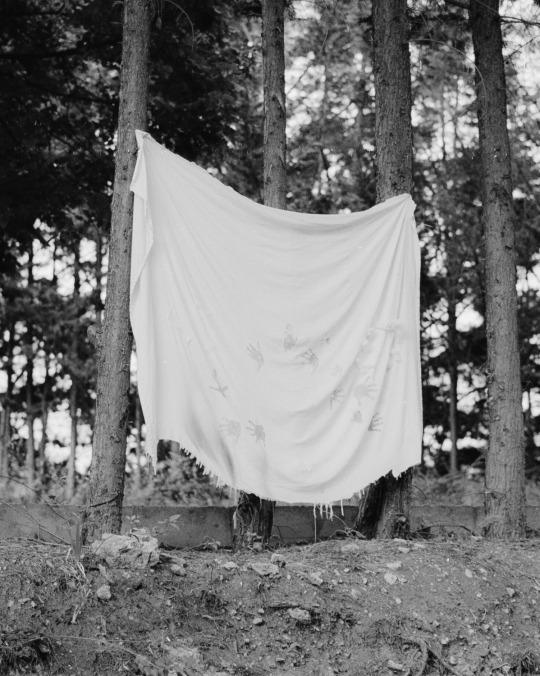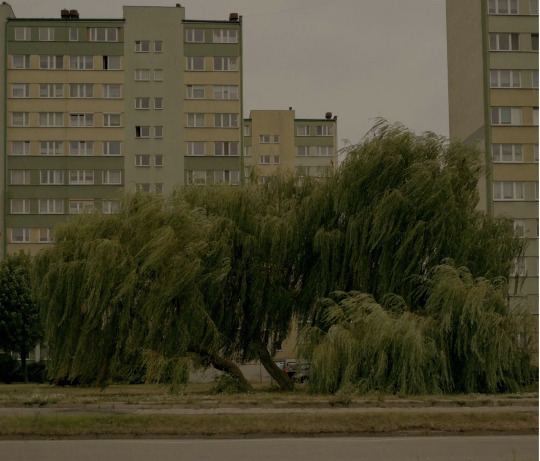Photo
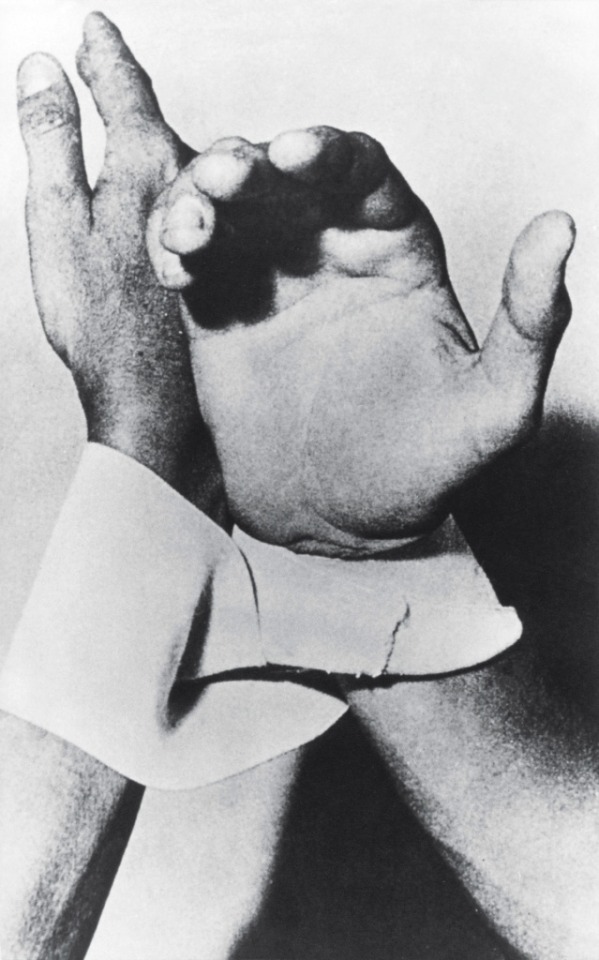

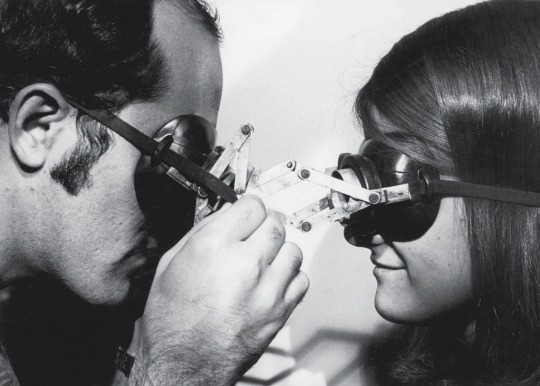
Lygia Clark:
1. Hand Dialogue (1966)
2. Living Structure – Dialogue (1966)
3. Goggles – Dialogue (1966)
28 notes
·
View notes
Text



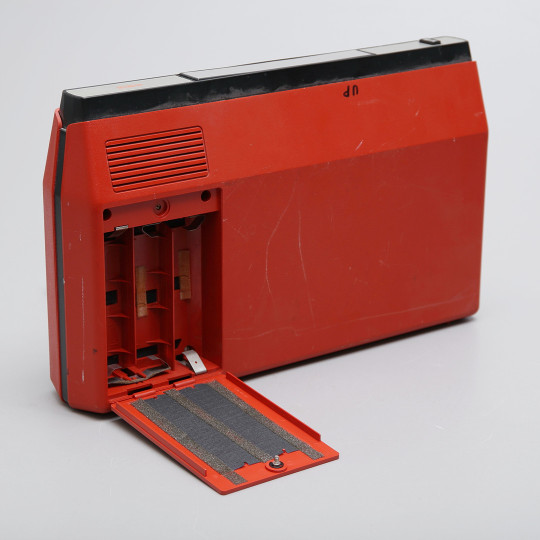

Philips 22GF423 // portable record player (the Netherlands, 1973)
739 notes
·
View notes
Photo

« J’aime mieux vivre, respirer, que travailler. […] Donc, si vous voulez, mon art serait de vivre; chaque seconde, chaque respiration est une œuvre qui n’est pas inscrite nulle part, qui n’est ni visuel ni cérébrale. C’est une sorte d’euphorie constante. » Et Pierre Cabanne de commenter : « C’est ce que disait Roché. Votre meilleure œuvre à été l’emploi de votre temps. »
— Marcel Duchamp dans Ingénieur du temps perdu : entretiens avec Marcel Duchamp, cité dans Jean-Yves Jouannais, Artistes sans œuvres, I would prefer not to.
Image: David Hammons, “Cold Shoulders” (1990).
33 notes
·
View notes
Text
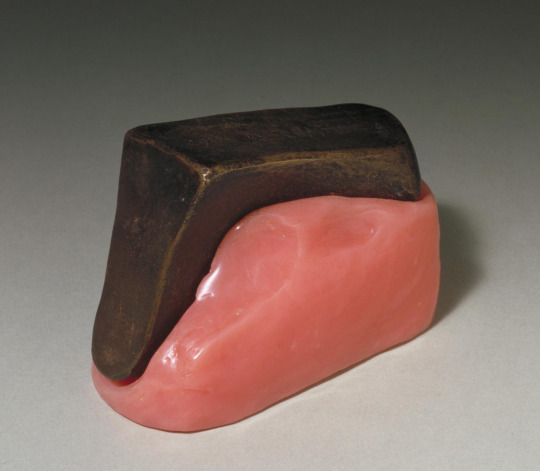
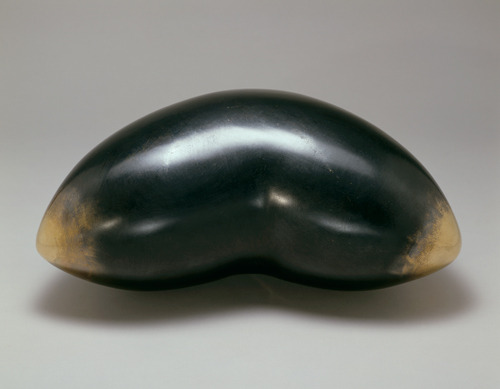
wedge of chastity by marcel duchamp (1954, cast 1963) / tits by louise bourgeois (1967)
120 notes
·
View notes
Photo

In her article “Brazilian Modernism: Feminism in Disguise”, published in Frieze Masters, issue 7, 2018, with the title ‘Feminism in Disguise’, Claudia Calirman explains how women artists played a crucial role in the development of the arts in Brazil. During Brazil’s dictatorship (1964-1985), some of them created strategies to challenge both the repressive regime and the patriarchal structures.
According to Calirman:
“The 1960s saw an explosion of great women artists such as Lygia Clark, Anna Bella Geiger, Anna Maria Maiolino, Lygia Pape, Wanda Pimentel and Letícia Parente, among many others.
(…) many artists resisted being labelled as ‘feminists’ since it was perceived as limiting one’s artistic significance or, even worse, as being divisive and counterproductive. (…) Though many canonical works by leading female artists questioned assumptions around gender, their attempts to explore or respond to feminist issues were often disguised or hidden.”
Despite this, “they forged new ways of representing women’s subjectivities and – even if they did not label themselves feminists – conceived a particular form of feminism unique to their country at a critical historical juncture.”
*
En su artículo “Brazilian Modernism: Feminism in Disguise”, publicado en la revista Frieze Masters, n° 7, 2018, bajo el título ‘Feminism in Disguise’, Claudia Calirman explica cómo las mujeres artistas desempeñaron un papel importante en el desarrollo de las artes en Brasil. Durante la dictadura (1964-1985), algunas de ellas crearon estrategias que desafiaron el régimen represivo y las estructuras patriarcales.
Según Calirman:
“Durante los años sesenta hubo una explosión de grandes mujeres artistas, tales como Lygia Clark, Anna Bella Geiger, Anna Maria Maiolino, Lygia Pape, Wanda Pimentel y Letícia Parente, entre muchas otras.
(…) muchas artistas se resistieron a ser etiquetadas como ‘feministas’ ya que lo percibían como una limitación de la importancia artística de cada una o, peor aún, como algo divisivo y contraproducente. (…) A pesar de que muchas obras canónicas de destacadas mujeres artistas cuestionaban los supuestos en torno al género, sus intentos de explorar o responder a temas feministas a menudo fueron disfrazados u ocultados.”
Sin embargo, “forjaron nuevas formas de representar las subjetividades de las mujeres y – aunque no se autodenominaron feministas – concibieron una forma particular de feminismo única en su país, en el contexto de una coyuntura histórica crítica.”
Photo: Anna Maria Maiolino, “É o que Sobra” (What Is Left Over), from the series ‘Fotopoemação’ (Photopoemaction), 1974, digital print, 62 × 153 cm. Courtesy: the artist and Galleria Raffaella Cortese, Milan
29 notes
·
View notes
Photo

Lygia Clark
“Arquiteturas biológicas”, performance coletiva de Lygia Clark (1920-1988), pintora, escultura, terapeuta e multiartista que se autodenominava “uma não artista”. Fotografia de Alécio de Andrade em Paris, 1969.
Veja mais em:
Semióticas – Lygia Clark no MoMA
https://semioticas1.blogspot.com/2014/05/lygia-clark-no-moma.html
.
4 notes
·
View notes
Photo
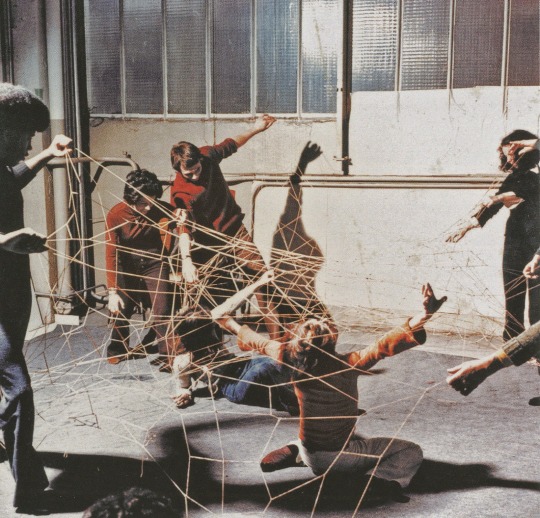
Lygia Clark, from Structuring the Self, 1970s
2K notes
·
View notes
Photo
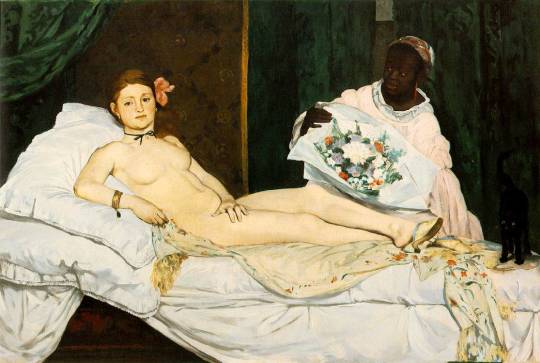
Édouard Manet
Olympia,1863
Técnica óleo sobre tela
130,5 x 190 cm
5 notes
·
View notes
Photo
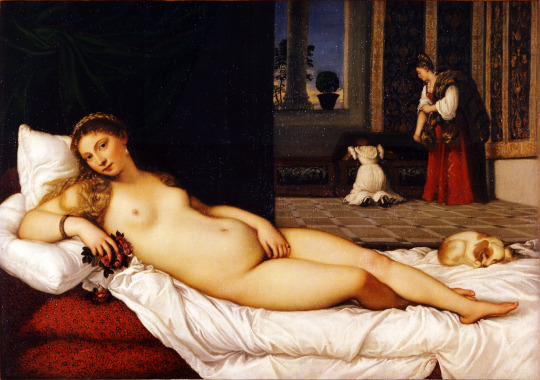
The Venus of Urbino or Reclining Venus is an oil painting by the Italian painter Titian, which seems to have been begun in 1532 or 1534... It depicts a nude young woman... in the sumptuous surroundings of a Renaissance palace....The figure's pose is based on the Dresden Venus, traditionally attributed to Giorgione but for which Titian at least completed the landscape. In this depiction, Titian has moved Venus to an indoor setting, engaged her with the viewer, and made her sensuality explicit; some even believe the figure is engaging in masturbation.
0 notes
Photo
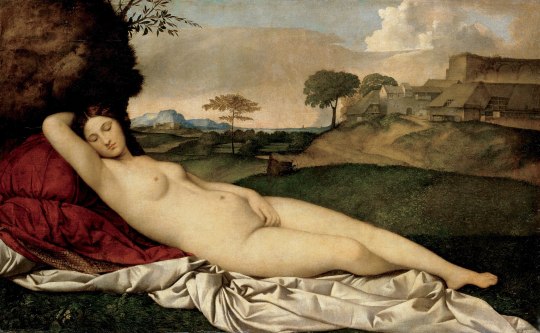
The Sleeping Venus (Italian: Venere dormiente), also known as the Dresden Venus (Venere di Dresda), is a painting traditionally attributed to the Italian Renaissance painter Giorgione, although it has long been usually thought that Titian completed it after Giorgione's death in 1510.
0 notes
Photo


Anna Uddenberg, Continental Breakfast, Meredith Rosen Gallery. Photo: Dario Lasagni.
8 notes
·
View notes
Photo

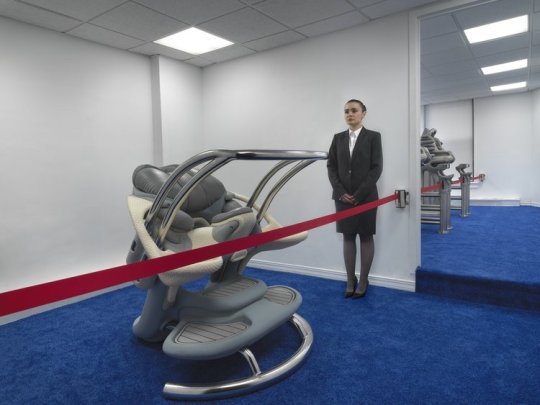
Anna Uddenberg, Continental Breakfast, Meredith Rosen Gallery. Photo: Dario Lasagni.
7 notes
·
View notes
